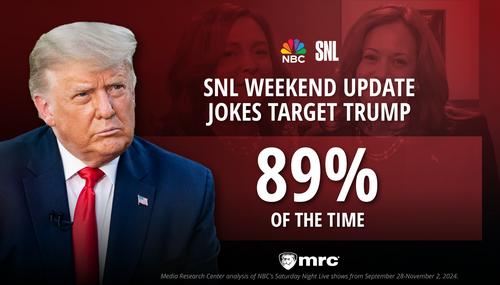
In one article ("Gov't eyes plan to take ownership stakes in banks"), AP's Harry Dunphy and Tom Raum correctly said that "the Dow Jones industrial average just completed its worst week ever, plummeting more than 18 percent." This is sadly true, at least if you "only" go back to 1921 (even I will give AP a pass for not wanting to dig through the muck of 1920, 1907, 1903 and 1901, which the New York Times was using as "hey, it's not that bad" benchmarks as Black Tuesday approached in 1929):
But in a different AP item ("Investors face more uncertainty as bailout widens"), reporters Stephenson Jacobs and Joe Bel Bruno incorrectly claimed that "Wall Street suffered through its worst five-day period in history," which is most assuredly wrong.
Here is the factual layout:
(Sources: Dow Jones for DJIA in 1929 [interactive model]; Yahoo! Finance for NASDAQ and the S&P 500 [except for Friday's close, which can currently be seen at nasdaq.com]).
You can see that while no single week's drop in October 1929 was as bad as last week's, there were two five-day periods -- the ones ending in Black Monday and Black Tuesday -- that were worse. Black Tuesday's was clearly much worse. It should also be noted that the Dow eventually fell to about 44.
No one interested in the country's long-term well-being is happy about what happened in the markets last week, but some historical perspective and accuracy is in order, along with hope that the worst of the current slump is over. Whether it is likely depends on how much of the economy the markets fear will be taken over by the government -- both before and after the presidential election.
Cross-posted at BizzyBlog.com.




